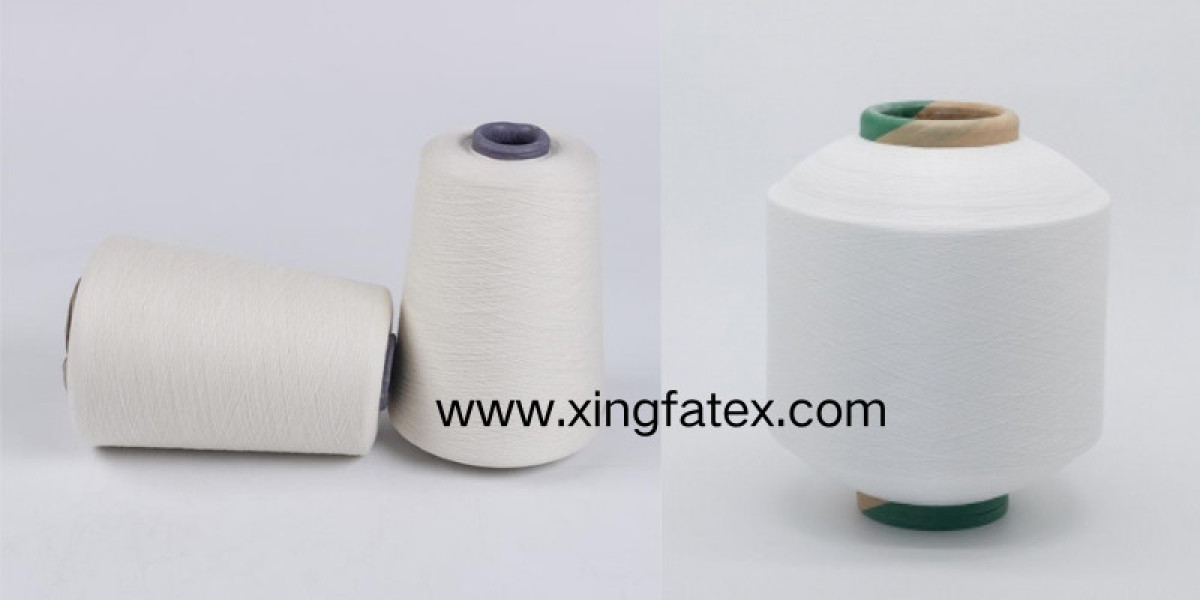blended yarn , celebrated for combining the strengths of natural and synthetic fibers, are not without their drawbacks.
1. Microplastic Pollution and Environmental Harm
Blended fabrics containing synthetic fibers like polyester or nylon shed microplastics during washing, contaminating waterways and harming marine ecosystems. For example, a single laundry cycle releases up to 9 million microfibers, which account for 35% of ocean microplastics. Even recycled polyester—touted as eco-friendly—fails to solve this issue, as it perpetuates reliance on plastic and contaminates biodegradable natural fibers like organic cotton or wool.
2. Recycling Challenges
Blends complicate recycling processes. Natural and synthetic fibers bonded together cannot be easily separated, making most blended fabrics unrecyclable. Once discarded, they end up in landfills or incinerators, contributing to textile waste—a growing crisis given that less than 10% of all plastic is recycled globally. For instance, cotton-polyester blends, despite their popularity in fast fashion, are nearly impossible to repurpose sustainably.
3. Reduced Breathability and Comfort
Mixing natural fibers with synthetics often compromises breathability. A cotton-polyester blend, while wrinkle-resistant, traps heat and moisture compared to pure cotton, making it less ideal for hot climates. Similarly, linen-cotton blends gain softness but lose linen’s signature cooling properties due to added weight.
4. Durability Misconceptions
While blends like nylon-wool enhance wrinkle resistance, they may degrade faster under stress. For example, nylon’s sensitivity to heat can weaken blended fabrics when exposed to high temperatures during washing or ironing.
Conclusion
The allure of blended fabrics often masks their ecological and functional pitfalls. To mitigate these issues, consumers and manufacturers must prioritize mono-material designs or innovative biodegradable blends that balance performance with environmental responsibility.








